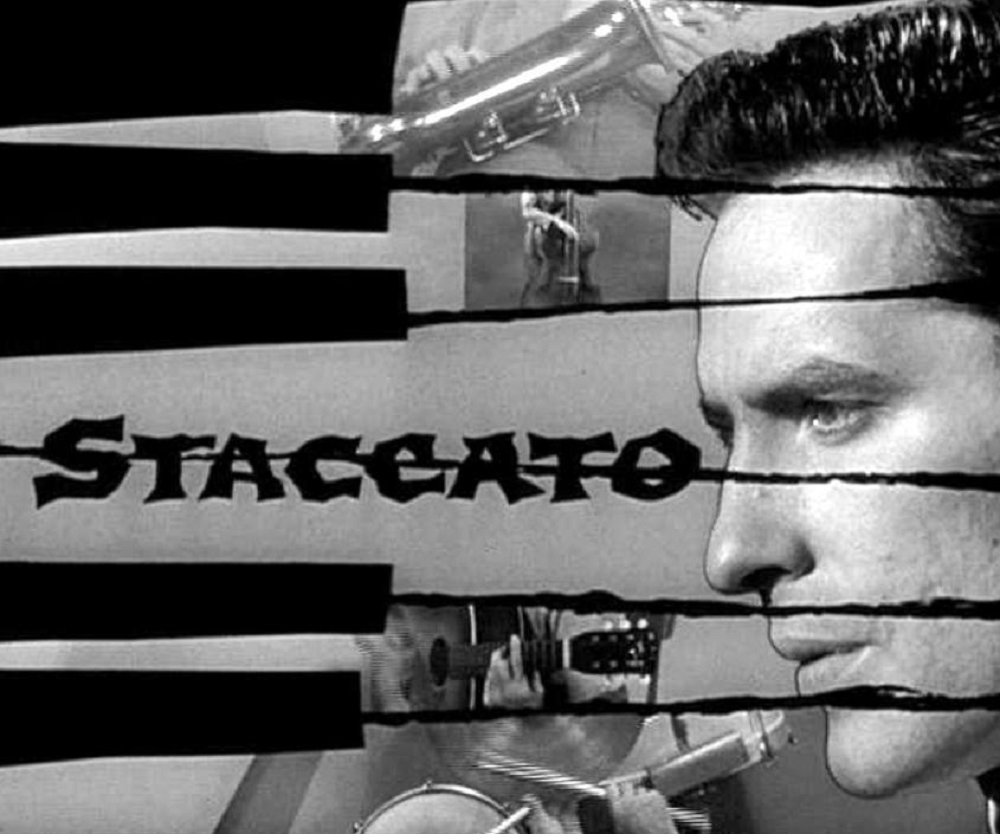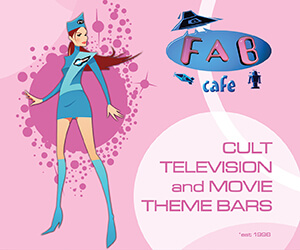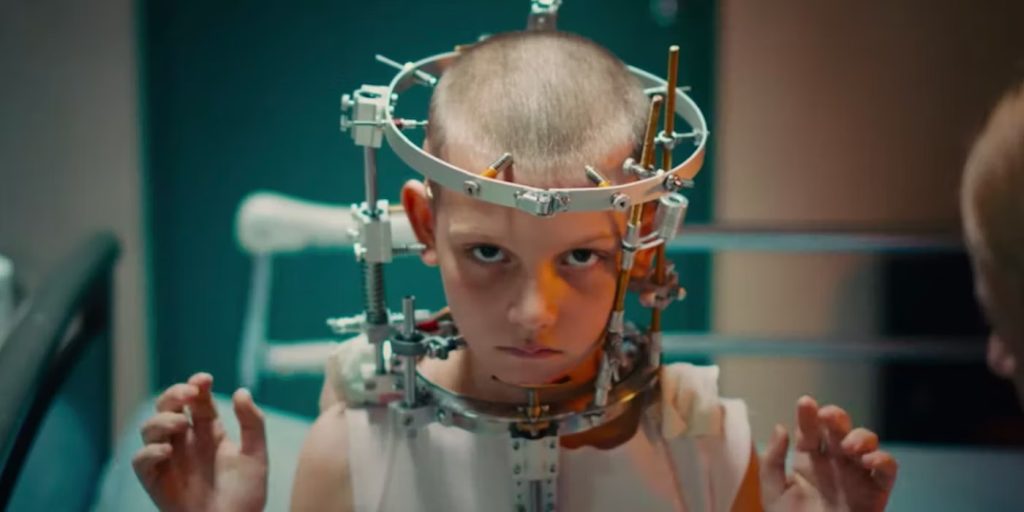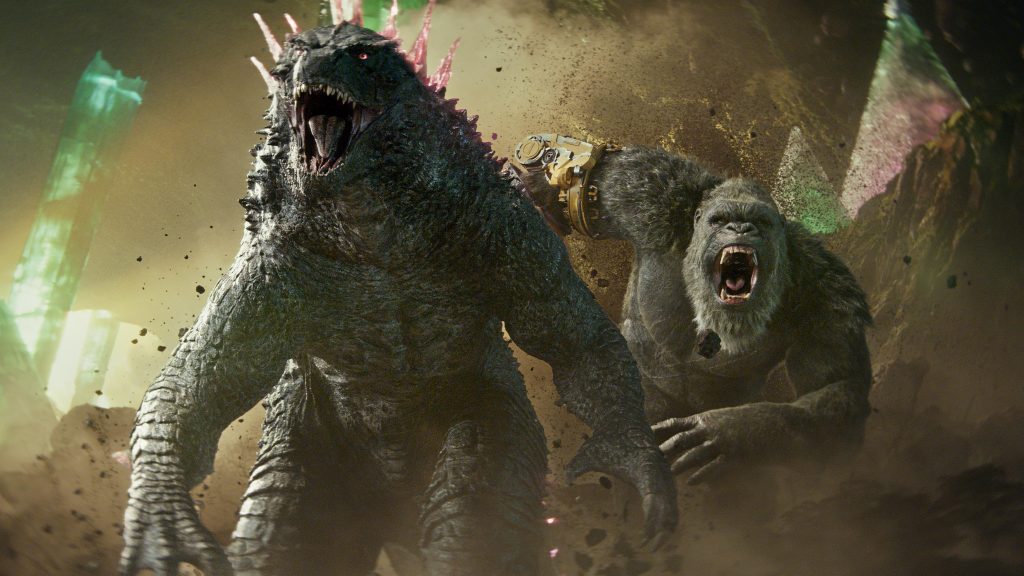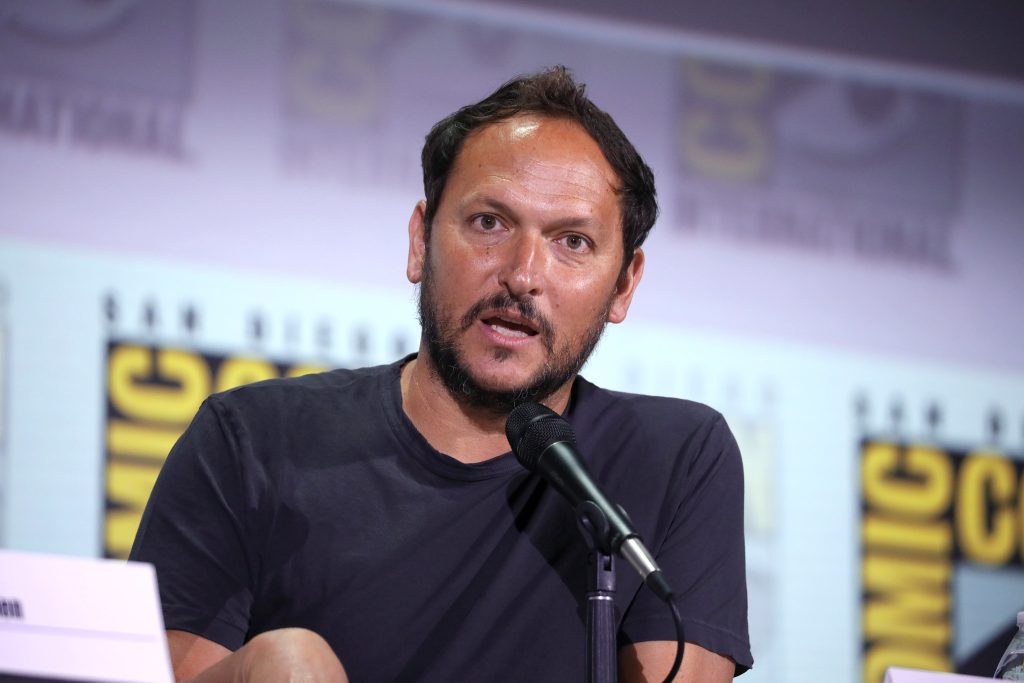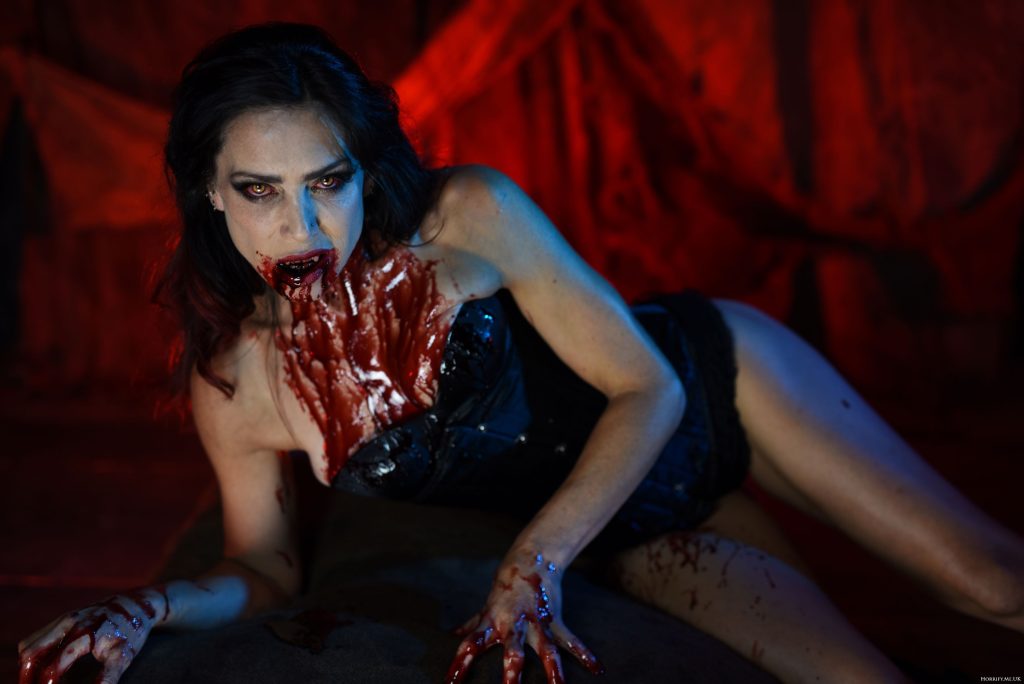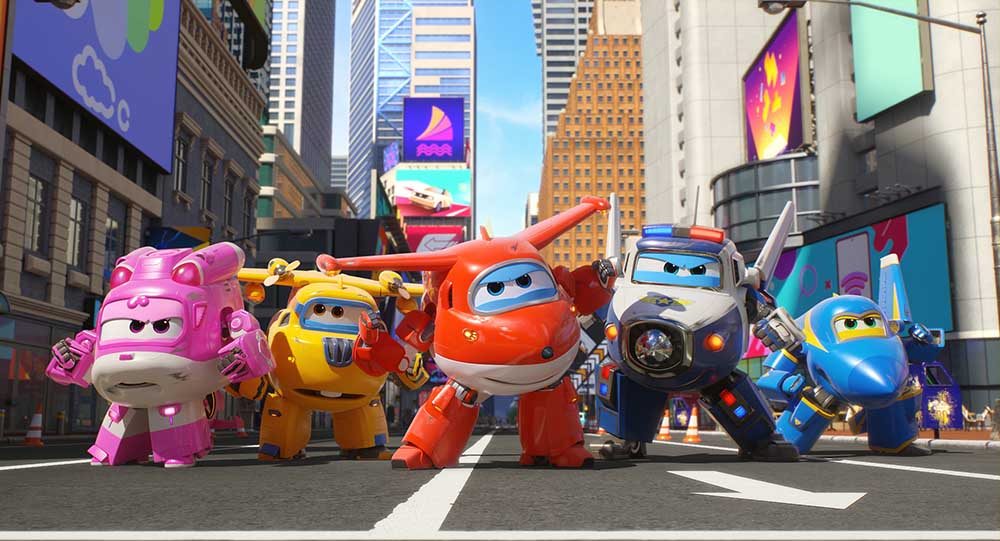Ah, telephemera… those shows whose stay with us was tantalisingly brief, snatched away before their time, and sometimes with good cause. They hit the schedules alongside established shows, hoping for a long run, but it’s not always to be, and for every Street Hawk there’s two Manimals. But here at STARBURST we celebrate their existence and mourn their departure, drilling down into the new season’s entertainment with equal opportunities square eyes… these are The Telephemera Years!
Pre-1965, part 2: 1959-60
There’s no concrete reason why The Telephemera Years begins in 1965, except for arbitrary reasons of available content and the more solid fixed point that is the great colour transference of that year, when it was announced that half of all network programming would be broadcast in colour from the Fall 1965 season. The years before we were gifted My Mother the Car, Lost in Space, and (eventually) Batman may look thinner in terms of genre programming but there were still those hardy souls doing pioneering work in the field of the strange and the fantastic.
So, while The Beverly Hillbillies, Bonanza, Gunsmoke, and Wagon Train dominated the ratings, less rustic thrills could still be found dotted across the schedules, right up to a 1964 Fall season which saw The Addams Family, Bewitched, Flipper, Gilligan’s Island, Jonny Quest, The Man from UNCLE, The Munsters, and Voyage to the Bottom of the Sea all make their TV debuts. So sit back, pop on your slippers and light up your pipe, have the little lady bring you a little treat, and see what the pre-1965 era has in store for us…
Men into Space (1959, CBS): Ziv Productions, who’d partnered with Ivan Tors to bring the syndicated Science Fiction Theatre into America’s living rooms in 1955, were back four years later with another tilt at the fantastic. Created by Lewis J Rachmill, best known for producing a series of Hopalong Cassidy Westerns but who also earned an Oscar nomination for Our Town in 9140, Men into Space was set at some unspecified point in the near future, just after man has landed on the Moon.
It’s always important to realise that these shows aired years before man actually went into space and so the efforts made by Rachmill and his team of writers to give some semblance of scientific accuracy to Colonel Edward McCauley’s exploration of space on behalf of the United States Air Force – NASA was only formed the year before and not widely publicly known – should be applauded. That’s not to say Men into Space’s vision of the future was in anyway prescient, and much of the staging was very late 1950s in design, but such retro-futuristic treats are few and far between now that we actually live in the (disappointing) future.
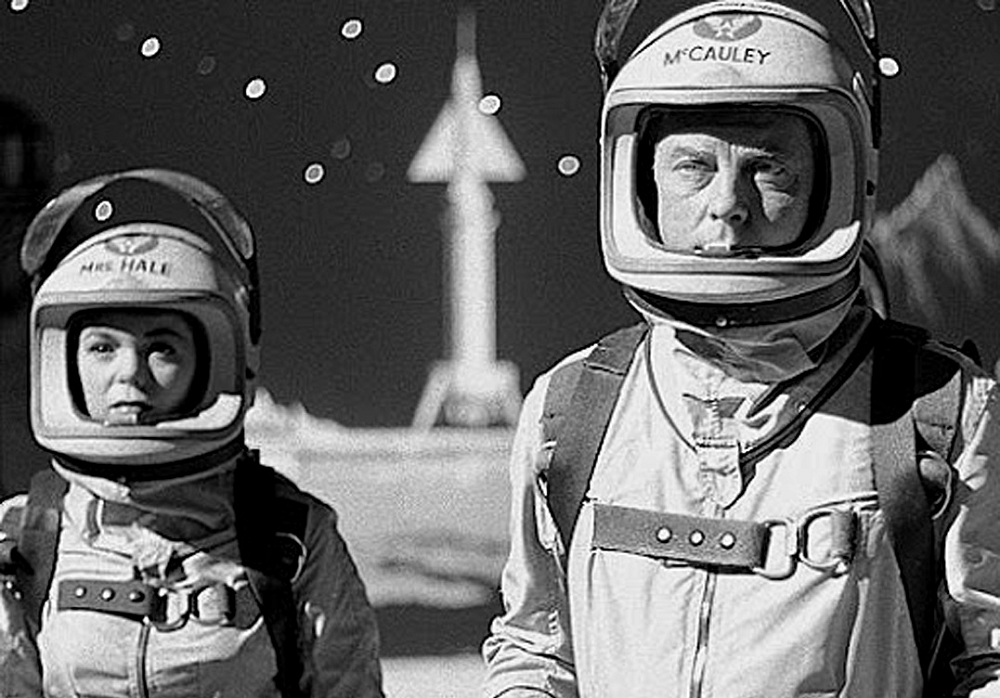
Starring as McCauley was William Lundigan, who had been a contracted talent at Universal, MGM, Warner Bros, and 20th Century Fox before moving into television. Unusually for a show with continuing storylines, McCauley was the only character that appeared in every episode, although Lundigan was ably backed by a reoccurring – if not regular – supporting cast, including former Howard Hughes ingénue Joyce Taylor and child actor Charles Herbert.
Thirty-eight episodes aired between September 1959 and September 1960, but the props used in the series had a much longer life, with miniature models turning up in episodes of The Outer Limits a few years later, and some recycled gimmicks were even used for a background movie shown during a scene in Midnight Cowboy. If Men into Space is remembered for anything – although one curious note is that in the UK it was shown in a children’s slot on the BBC later occupied by Doctor Who – it’s that it seemingly correctly predicted the development of space telescopes, orbital refuelling, and exo-species, although much of that can be put down to the writing team’s careful consideration of the science-fiction literature of the time.
Johnny Staccato (1959, NBC): John Cassavetes needs no introduction to any serious student of film but even more casual adherents of the medium (and its small screen sibling) may have a passing familiarity with the man, albeit one sighted across the floor of a smoke-filled jazz club. Cassavetes was a man who took his acting extremely seriously – he succeeded in gaining a scholarship to the Method mecca Actors Studio, only to reject it on the grounds that Lee Strasberg had failed to notice he was improvising the whole time, rather than reading lines.
After spending his early career in the theatre and in guest roles on television, Cassavetes first big breaks came in The Night Holds Terror and Crime in the Streets, earning his first starring role in 1957’s Edge of the City. Briefly under contract to MGM, he threw himself into writing and directing his debut feature, Shadows, and two years away from acting dimmed his star in the eyes of Hollywood producers. With Shadows completed (and released to critical appraisal), he accepted an offer from NBC to star in a new crime drama set in the Greenwich Village jazz scene.
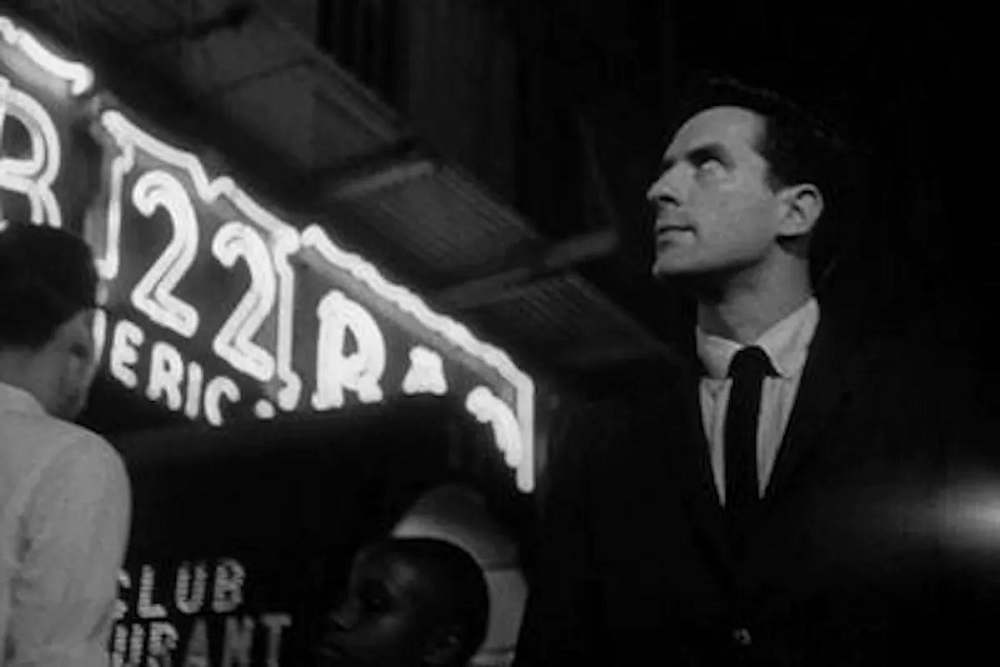
In Johnny Staccato, Cassavetes played the eponymous private detective, a jazz pianist on the side, who defends the downtrodden denizens of the Beat Scene, facing down blackmailers, child traffickers, dishonest preachers, and sinister ventriloquists. Unhappy with the direction of the pilot episode, Cassavetes directed the second himself, eventually helming five of the Johnny Staccato’s twenty-seven episodes. Although his interjection set the series on the right path, the episodes Cassavetes directed himself are clearly a standard above and are rightly held in the same regard as his silver screen productions.
Cassavetes signed a five-year contract with NBC, but the network cancelled Johnny Staccato after a year, with wider audiences just not feeling the groove in the face of competition from more straightforward detective shows, rather than one which was brutally faithful to the scene it sought to portray. Instead, Cassavetes signed an acting deal with Paramount, taking the money he received from films such as The Killers and The Dirty Dozen as capital for a series of independent films that stretched through to 1986’s Big Trouble. Johnny Staccato later became a big hit on the BBC in the UK, and was repeated throughout the 1960s, 1970s, and 1980s, ensuring that Elmer Bernstein’s theme music triggers memories in several generations of curious TV viewers.
The Man and the Challenge (1959, NBC): The basic premise of The Man and the Challenge constantly put George Nader in danger and in that it does not differ from pretty much every action or adventure show ever produced. The unique selling point for this 1959 series – another Tors/Ziv collaboration – is that Nader’s Dr Glenn Barton volunteers to put in danger, and he does so for the betterment of science and the good old USA.
Barton works for the Institute of Human Factors, a government department devoted to testing the extreme of human endurance and the feasibility of man’s survival in both natural and artificial habitats. Of course, these well-designed and carefully planned experiments often go awry, forcing Barton and his team – often made up of special guest stars – to surpass their previous limits.
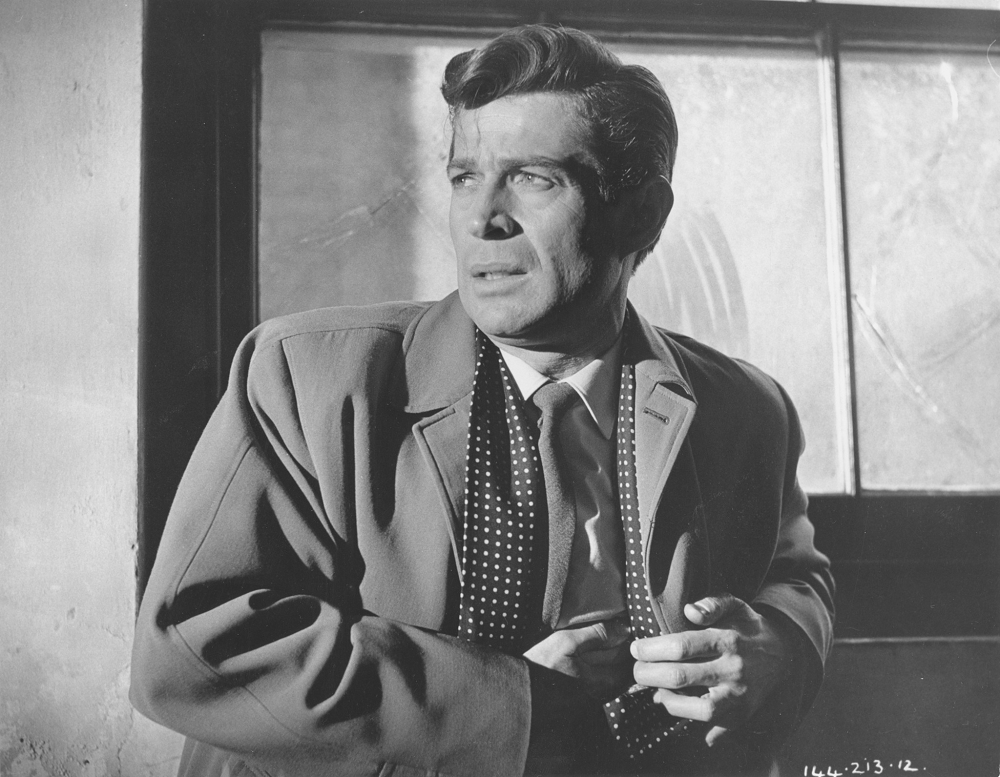
Over the course of thirty-six weekly episodes, Barton tests his team in the Arctic, deep underwater, and in a simulation of space, as well as helping those who have previously fallen victim to such high peril environments, and even finds time to test LSD on a firefighter. Guest stars including William Conrad, Myron Healey, and Fuzzy Knight queued up to fling themselves into peril, but the show endured even tough conditions in the schedule, going up against both Leave it to Beaver and Wanted: Dead or Alive.
NBC pulled the plug in June 1960, with re-runs airing in its slot through to September, when Pat Garrett and Billy the Kid drama The Tall Man replaced it on the Fall 1960 TV schedule. The series has never been released on home video but there are episodes on YouTube if you want to explore life through the eyes of a human crash test dummy…
The Tab Hunter Show (1960, NBC): Paul Morgan is a twenty-nine-year-old cartoonist whose daily strip – Bachelor at Large – details his various amorous adventures in swinging Malibu, California. The strip’s popularity with fans allows Morgan a degree of latitude in his relationship with his editor, who is often exasperated that the cartoonist’s hectic social life gets in the way of hitting deadlines, with housekeeper Thelma also wagging her finger at the constant stream of women passing through Morgan’s bachelor pad.
That’s the set-up for The Tab Hunter Show, a half-hour sitcom which debuted on NBC in September 1960 and starred, well, Tab Hunter. A former US Coast Guard (who lied about his age to enlist) from New York City, Hunter – born Arthur Kelm – had been given his stage name by agent Henry Willson, who specialised in hunky male actors and soon had Hunter making his name in a series of smouldering romantic adventures, including 1952’s Island of Desire and breakthrough wartime weepie Battle Cry. Newspaper reports of his scandalous private life (sold by Willson to keep stories about Rock Hudson’s sexuality out of the papers) only added to his appeal and it is reported that he received over fifty-thousand Valentines from women and girls in 1956. He would come out as a gay man in 2005.
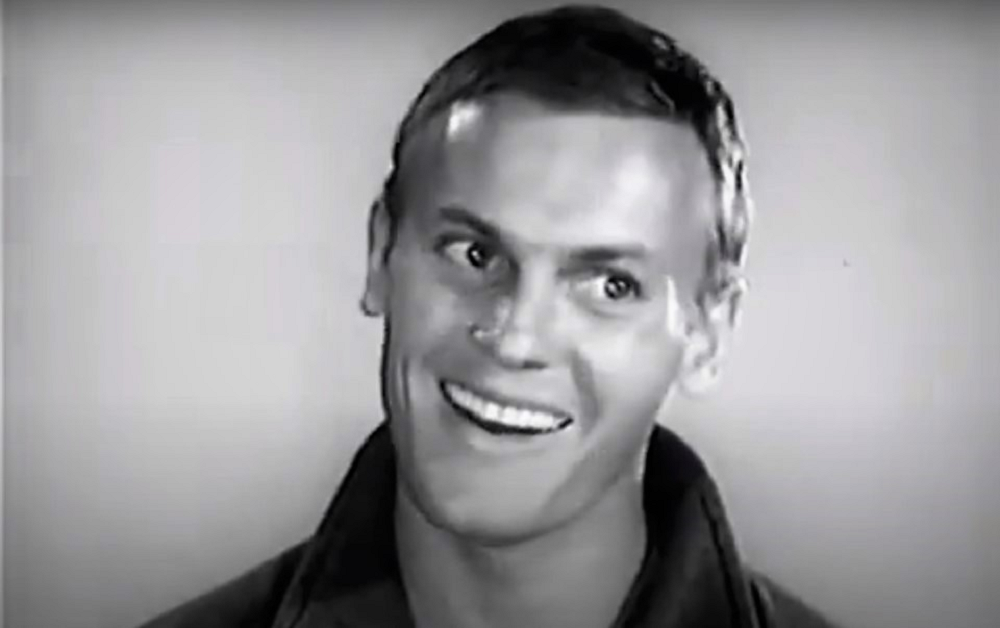
Despite starring in the hit musical Damn Yankees, Hunter missed out on the role of Tony in West Side Story, prompting him to switch his focus to television, with NBC signing him up for his own show. The gentle, womanising humour of The Tab Hunter Show was part of NBC’s response to accusations that their shows were too violent, a four-hour Sunday night block of family-friendly entertainment which also included The Shirley Temple Show and National Velvet.
Although Hunter was accused of assaulting his dog by a neighbour shortly before its scheduled debut, The Tab Hunter Show premiered as planned on September 18th to mediocre reviews and moderate ratings. Among the women cartoonist Morgan cast his eye over were Mary Tyler-Moore, Elizabeth Montgomery, Gena Rowlands, and Tuesday Weld, but a certain section of the show’s fandom were no doubt drawn by Morgan’s stripwork, ghosted by Zeke Zekeley (famous, ironically, for ghosting another strip, George McManus’s Bringing Up Father). After just one season, NBC cancelled The Tab Hunter Show and the actor returned to the movies, starring opposite a string of beautiful women into the mid-1970s.
Check out our other Telephemera articles:
The Telephemera Years: pre-1965 (part 1)
The Telephemera Years: 1966 (part 1, 2, 3, 4)
The Telephemera Years: 1967 (part 1, 2, 3, 4)
The Telephemera Years: 1968 (part 1, 2, 3, 4)
The Telephemera Years: 1969 (part 1, 2, 3, 4)
The Telephemera Years: 1971 (part 1, 2, 3, 4)
The Telephemera Years: 1973 (part 1, 2, 3, 4)
The Telephemera Years: 1975 (part 1, 2, 3, 4)
The Telephemera Years: 1977 (part 1, 2, 3, 4)
The Telephemera Years: 1978 (part 1, 2, 3, 4)
The Telephemera Years: 1980 (part 1, 2, 3, 4)
The Telephemera Years: 1982 (part 1, 2, 3, 4)
The Telephemera Years: 1984 (part 1, 2, 3, 4)
The Telephemera Years: 1986 (part 1, 2, 3, 4)
The Telephemera Years: 1987 (part 1, 2, 3, 4)
The Telephemera Years: 1989 (part 1, 2, 3, 4)
The Telephemera Years: 1990 (part 1, 2, 3, 4)
The Telephemera Years: 1992 (part 1, 2, 3, 4)
The Telephemera Years: 1995 (part 1, 2, 3, 4)
The Telephemera Years: 1997 (part 1, 2, 3, 4)
The Telephemera Years: 1998 (part 1, 2, 3, 4)
The Telephemera Years: 2000 (part 1, 2, 3, 4)
The Telephemera Years: 2003 (part 1, 2, 3, 4)
The Telephemera Years: 2005 (part 1, 2, 3, 4)
The Telephemera Years: 2006 (part 1, 2, 3, 4)
The Telephemera Years: 2008 (part 1, 2, 3, 4)
Titans of Telephemera: Irwin Allen
Titans of Telephemera: Stephen J Cannell (part 1, 2, 3, 4)
Titans of Telephemera: DIC (part 1, 2)
Titans of Telephemera: Hanna-Barbera (part 1, 2, 3, 4, 5)
Titans of Telephemera: Kenneth Johnson
Titans of Telephemera: Sid & Marty Krofft
Titans of Telephemera: Glen A Larson (part 1, 2, 3, 4)

